Economic Recovery from COVID-19: Experience from the PRC
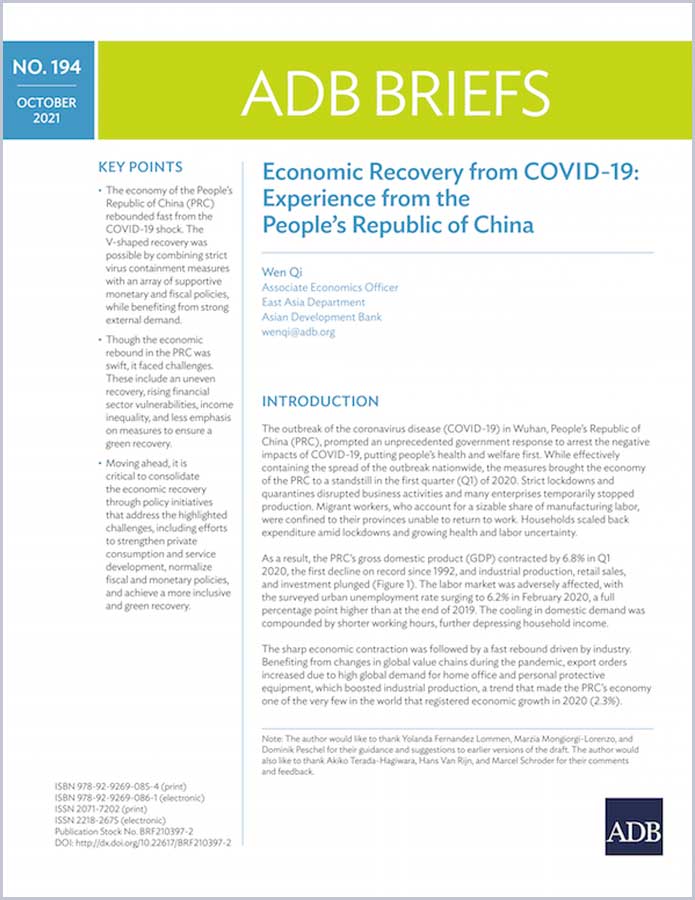

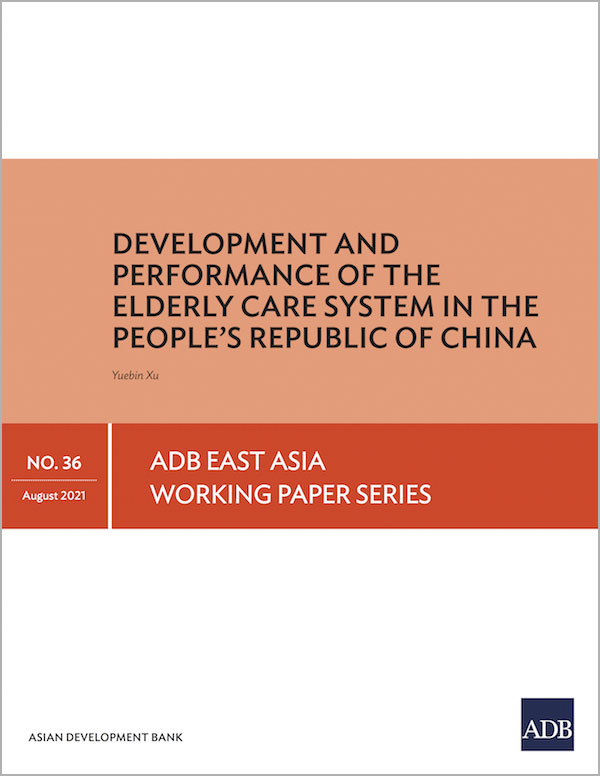
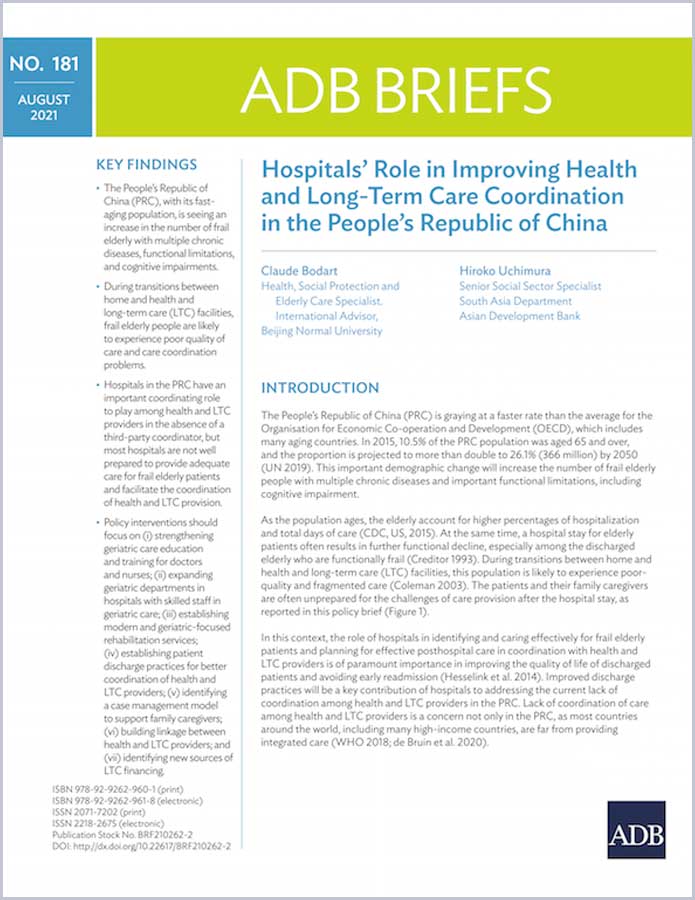
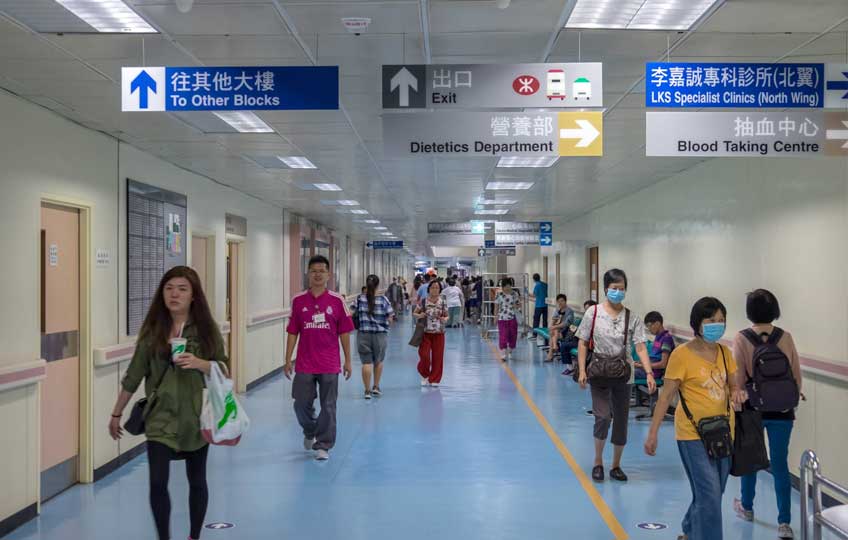
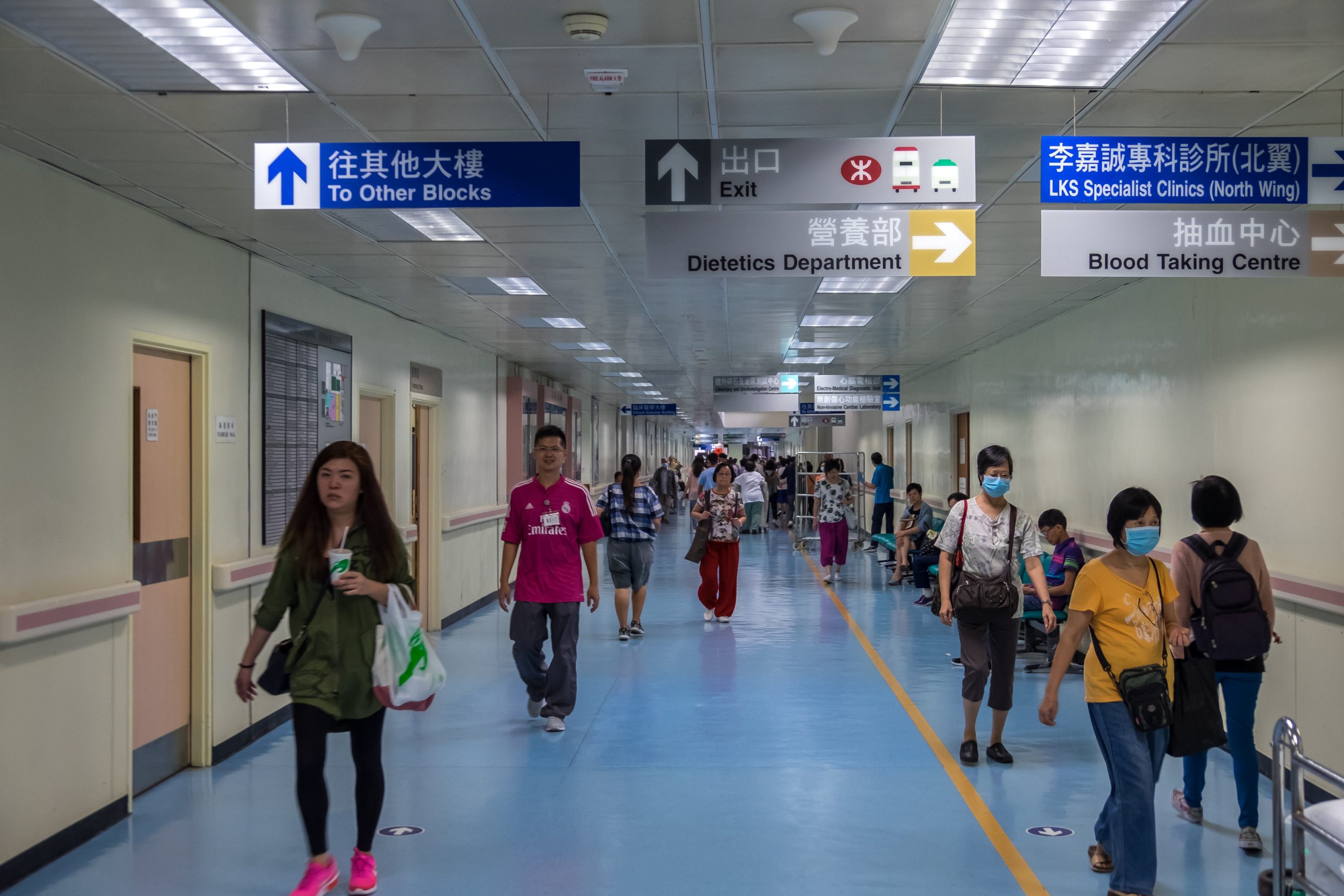
In the People’s Republic of China, reducing the risk of illness-induced poverty entails raising the poor’s financial protection and health system reforms.
Introduction
By achieving near-universal population coverage of social insurance, the People’s Republic of China (PRC) has improved access to and use of health services and reduced the proportion of out-of-pocket (catastrophic) spending. Yet among the country’s poor people, catastrophic health expenses are still high despite the government’s attempt to provide additional financial protection.
The current insurance system should target underprivileged populations to enhance financial protection in the country. Such targeting requires a clear and integrated policy encompassing the basic social health insurance schemes, catastrophic medical insurance, medical aid, and improved healthcare efficiency. To break the vicious cycle of illness-induced poverty and return to poverty because of illness, the protection of poor people from health care costs should be regarded as an important element of poverty alleviation in the PRC. Increased spending on health, however, will not improve financial protection without further measures to increase health system efficiency, strengthen primary care, and reform provider payment systems.
Context
The United Nations Sustainable Development Goals in 2016 committed countries to achieve universal health coverage by 2030 with a focus on essential health services and financial protection. Universal health coverage means that all individuals and communities should get the quality health services they need without incurring financial hardship. It has three dimensions: population coverage, covering all individuals and communities; service coverage, reflecting the comprehensiveness of the services that are covered; and cost coverage, the extent of protection against the direct costs of care.
In 2009, the PRC began implementing comprehensive health system reforms. A major goal of these reforms was to achieve universal health coverage by building a social health insurance system. According to a 2017 monitoring report by the World Health Organization and the World Bank, the PRC had a fairly high score for coverage of essential health services on 16 health indicators but a low score for financial protection to reduce the risk of illness-induced poverty.
This policy brief examines the PRC’s progress in enhancing the financial protection of social health insurance and identifies the main gaps yet to be filled to fully achieve universal health coverage. It is based on a paper by Hai Fang, Karen Eggleston, Kara Hanson, and Ming Wu, published in volume 19 of the journal BMJ.
Policy Solutions
The 2009 health system reforms proposed a universal health insurance system that consisted of three main social health schemes in each locality: Urban Employee Basic Medical Insurance, Urban Resident Basic Medical Insurance, and Rural New Cooperative Medical Scheme, with other supplementary insurance and private insurance. The reforms aimed to cover the entire population with one of the three basic schemes to give them greater financial protection. In 2016 with some heterogeneity by locality, the urban resident and rural schemes merged to form the Urban—Rural Resident Basic Medical Insurance to improve administrative efficiency.
To give added protection to patients with critical illnesses, catastrophic medical insurance (also called critical illness insurance or Da Bing Yi Bao) was initially launched in 2012 and implemented nationally in 2015. It covers patients with critical illnesses whose out-of-pocket expenses are more than the average disposable income per capita in the local area, providing extra reimbursement and removing the benefit ceiling.
The medical aid program (also called medical financial assistance or Yi Liao Jiu Zhu), which was launched in 2003 in rural areas and expanded to urban areas in 2005, provides a further safety net. It was designed to provide medical aid to the poorest people by paying their medical insurance premiums and reducing out-of-pocket expenses after receiving reimbursement from the basic social health insurance schemes and catastrophic medical insurance.
Policy Implementation
The national health reforms of 2009 consolidated a fragmented health insurance system, creating an expanded public health service package that provides basic population health services to all Chinese. Recent mergers of insurance risk pools—such as raising benefit levels of the New Cooperative Medical Scheme to those of the Urban Resident Basic Medical Insurance—and implementation of catastrophic supplementary insurance within local social health insurance systems are encouraging trends for closing gaps in risk protection.
Over the past 2 decades, health spending has grown considerably as the economy experienced unprecedentedly rapid growth. By 2017, the government share of spending represented slightly over 9% of overall government expenditures. The money to invest in the expansion of healthcare came from a mix of central and provincial budgets, with per capita budget allocations that include higher central government subsidies for lower-income provinces. Funding for the medical aid program comes mainly from governments, welfare lotteries, and social donations. Meanwhile, a governance reshuffle consolidated the purchaser role for social health insurance schemes under the newly created National Medical Security Administration, with most other functions assigned to a rechristened National Health Commission.
The PRC also invested a substantial amount of public funds in health services. Government health care budgets financed construction and renovation of government primary care facilities, subsidies to replace provider revenues generated from drug dispensing, purchase of medical equipment for public hospitals, expansion of public health services, and training and continuing medical education.
The increased health spending—directly on healthcare infrastructure and subsidizing social health insurance for the rural and urban non-employee populations—substantially reduces the burden on families. Furthermore, the PRC’s world-leading technological prowess in multiple fields spanning digital commerce to artificial intelligence—and accompanying innovative business models for online consultations that have not yet been fully integrated into the health system—hold promise for supporting higher quality and more convenient health care for the country’s 1.4 billion citizens.
Policy Outcomes
Reforms over the past 2 decades have brought the health care system closer to a level of reliability and accessibility commensurate with the country’s new affluence. The consolidation of the social health insurance system ensured coverage of the entire population for basic health services, contributing to a surge in health care utilization while reducing out-of-pocket costs to patients.
The percentage of people who reported a need for hospital admission but did not receive inpatient care decreased from 29.6% in 2003 to 25.1% in 2008 and 17.1% in 2013. The average number of outpatient visits per capita increased from 1.7 in 2003 to 5.9 in 2017, and the annual inpatient hospital admission rate increased from 3.6% in 2003 to 17.6% in 2017. The use of outpatient services was comparable with the global average, but admission rates were much higher. Furthermore, the government’s investments into the public health system substantially increased the number of health workers and hospital beds and helped keep the prices of health care services low.
The expansion of health insurance coverage reduced the share of out-of-pocket health expenses in total health expenditures from 56% in 2003 to 29% in 2017. It is projected to decrease to 25% by 2030.
Catastrophic medical insurance and medical aid were effective in supplementing the basic social health insurance schemes and provided extra financial protection to a range of vulnerable groups, including people who are poor, chronically ill or disabled, disadvantaged by geographical factors, very young, or frail and old. By 2017, catastrophic medical insurance covered more than a billion people in the PRC and 11 million people received extra benefits of more than ¥30 billion (about $4.3 billion).
The insurance reduced the average proportion of out-of-pocket expenses after reimbursement from basic social health schemes by about 10%. In 2017, through medical aid, 56.2 million people (4% of the population) received subsidies to pay for their social health insurance premiums. For the same year, 35.2 million people (2.5%) received on average ¥757 (around $118.84) or about 12% of average inpatient spending per admission to cover out-of-pocket expenses.
Center for Health Statistics and Information, National Health and Family Planning Commission. 2015. An Analysis Report of National Health Services Survey in China, 2013. China Union Medical University Press.
Central Committee of the Communist Party of China and the State Council. 2009. Opinions on Deepening Health System Reform.
Chinese Ministry of Finance and Ministry of Civil Affairs. 2013. Announcement about Management Methods of Urban Rural Medical Aid Funding. 23 December.
H. Fang et. al. 2019. Enhancing Financial Protection under China’s Social Health Insurance to Achieve Universal Health Coverage. BMJ. 365: l2378.
H. Li and J. Jiang. 2017. Catastrophic Medical Insurance in China. Lancet. 390: 1724–5.

Deputy Director, Shorenstein Asia-Pacific Research Center, Stanford University
This blog is reproduced from Development Asia.
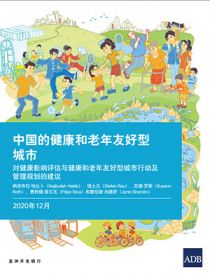

From the earliest stages of COVID-19, ADB provided immediate support for Mongolia to improve preparedness and response, prevent domestic violence, manage food insecurity risk, and protect livelihoods of wheat farmers.
This included a COVID-19 Rapid Response Program loan of $100 million to help the government mitigate severe health and economic impacts, deliver medical equipment and supplies, and improve infection control and testing capacities. ADB also approved a $30 million health sector project to improve the capacity and hygiene of hospitals and committed $26.4 million for cash transfers to needy households affected by the pandemic.
ADB’s COVID-19 work in Mongolia continued in 2021 with another $100 million loan to strengthen the country’s health security, and $73 million to expand cash grants for children in Mongolia. ADB is working closely with the Government and key development partners to urgently support the access and deployment of COVID-19 vaccines in Mongolia.
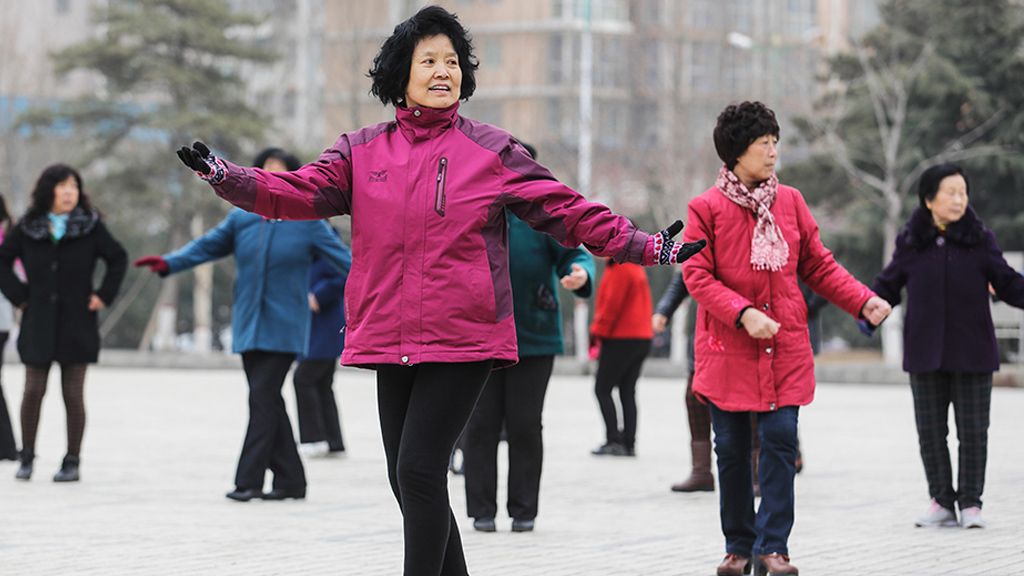
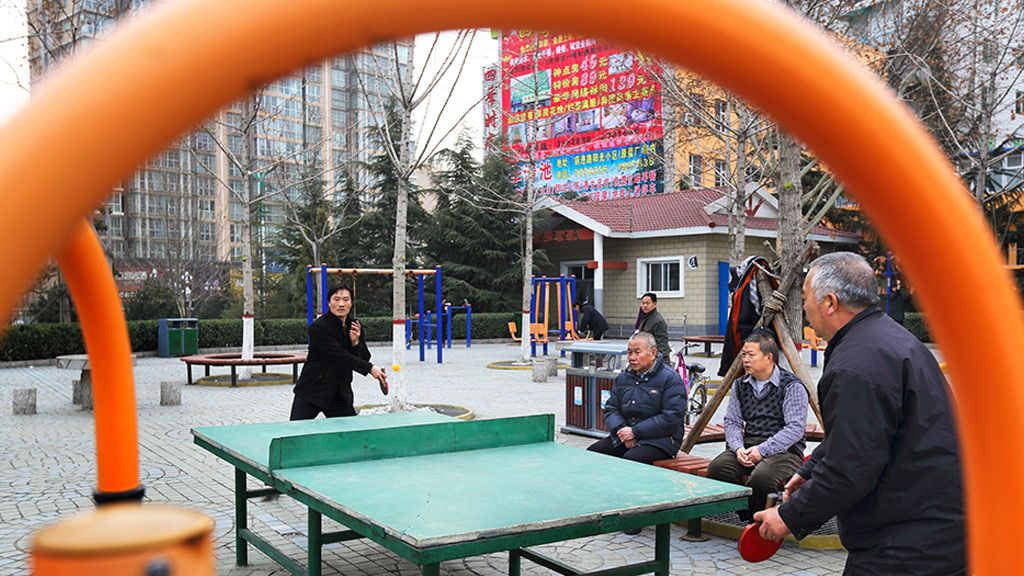

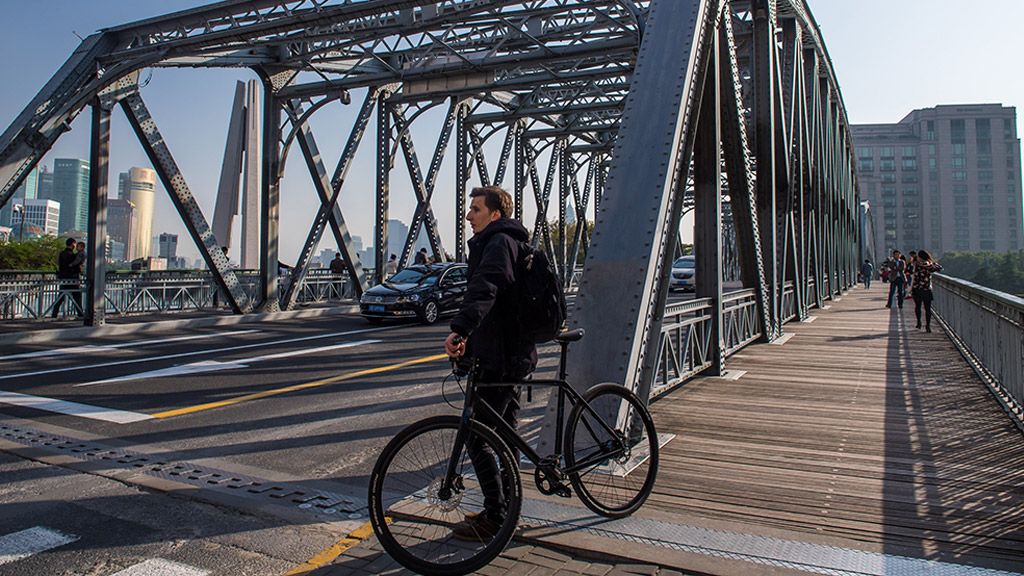
A new ADB publication proposes health impact assessments as well as healthy and age-friendly city action and management plans as holistic tools to improve urban livability, services, and public spaces.
As the world and the PRC continue to urbanize, sustainable development will depend on making cities livable, environmentally sustainable, low-carbon, climate resilient, and socially and age-inclusive.
Making cities healthier requires clean and walkable environments, accessible health-care services, and infrastructure that improves the urban environment promoting healthy lifestyles.
Rapid urbanization and aging in many countries have highlighted the urgency of making cities healthier and more accessible for the elderly and also more friendly for children. A new ADB report offers an operational framework for creating an urban society fit for four generations in the People’s Republic of China – and elsewhere.
In 2018, the United Nations reported that 55% of the world’s population resided in urban areas, a proportion that is expected to increase to 68% by 2050. In the People’s Republic of China (PRC), the urban population has been increasing at a particularly high speed, from 17.9% in 1978 to 60.6% at the end of 2019.
Urbanization in the PRC is coinciding with an aging of society, with about 20% of the urban population projected to be over 60 years old by 2030; and many of these older people will live to very advanced ages.
As the world and the PRC continue to urbanize, sustainable development will depend on making cities livable, environmentally sustainable, low-carbon, climate resilient, and socially and age-inclusive.
“Integrating health and aging as part of sustainable city planning and urban design will deliver specific additional health and urban livability benefits,” says ADB Senior Urban Development Specialist Stefan Rau. “It is a great opportunity to bring together many agencies and specialists to use the emerging four-generation urban world as an opportunity for transforming urban community life.”
Health and well-being have been shaping urban development since cities existed and they can now be considered critical factors contributing to competitiveness of cities, especially in high-income and upper-middle-income countries such as the PRC.
A new ADB publication, Healthy and Age-Friendly Cities in the People’s Republic of China, proposes health impact assessments as well as healthy and age-friendly city action and management plans as holistic tools to improve urban livability, services, and public spaces. Integrated with urban planning, these practical tools can help make cleaner, healthier, and safer cities that are more pleasant for people of all ages, and more attractive for businesses, and economic development.
Healthier cities and integrating the needs of the elderly and also children
According to the report, making cities healthier requires clean and walkable environments, accessible health-care services, and infrastructure that improves the urban environment and promotes healthy lifestyles. All of these will help ease public health management in an era when infectious diseases such as the coronavirus disease (COVID-19) pandemic, noncommunicable diseases, and the challenges of increasingly aging populations are converging, as is the case of the PRC.
“Well-planned, decentralized, and conveniently located urban health services ideally within walking distance to many residents and public transport, early detection of infectious diseases, and measures for vulnerable groups such as the elderly can help reduce noncommunicable diseases, control infectious diseases, and promote well-being,” says ADB Health Specialist Najibullah Habib.
Cities need to combine an age-friendly public transport system with safe and convenient sidewalks, bicycle parking, parks, public spaces, and public service facilities. This effort needs to be integrated with universal urban design to ensure that public spaces, sidewalks, parks, and buildings are accessible for people of all ages and the physically impaired. This much-needed low-carbon, climate-resilient urban planning and design would also contribute to improved health from reduced emissions and lessened risk of climate-related disasters such as flooding, droughts, heat waves, and storm surges, which also endanger lives and safety.
“Cities would greatly benefit if they govern, plan, and invest holistically in the promotion of public and community health, healthy lifestyles, gender and age equality, disease prevention, and improved social services,” says Susann Roth, ADB Chief of Knowledge Advisory Services Center.

The report says healthy cities should first ensure that basic health needs are met (i.e., physiological needs and safety, and the elimination or reduction of exposure to infectious diseases). Then, healthy lifestyles and healthy communities should be promoted, and the risks of noncommunicable diseases such as cardiovascular diseases and cancer should be reduced, resulting in longer life expectancies (Figure 1).
Healthy cities should enable a high quality of living; heathy lifestyle choices that are easy to make; and the self-fulfillment of citizens, families, and communities. The planning of healthy cities should consider all aspects of physical and mental health, vibrant and diverse human interactions, and culture and education to ensure that all urban residents can develop to their full potential.
Operational framework
The framework combines two practical tools for urban planners and city governments: a health impact assessment (HIA) and a healthy and age-friendly city action and management plan (HACAMP) as step-by-step guide. The framework is applicable to existing urban areas and proposed urban master plans for new areas and projects. It builds on city health sector plans, fits within the context of sector operations and plans, and contributes to urban master development plans and local institutional arrangements and responsibilities.
“While the initial target country of this report is the PRC, the objectives and framework developed here could also be applied to other countries in Asia and the Pacific and beyond,” the report says. “They are highly relevant for cities at all development stages, especially given the recent pandemic and the demographic transition that has been occurring for some time.”

Associate Communications Officer, Department of Communications, ADB
This article is reproduced from Asian Development Bank.
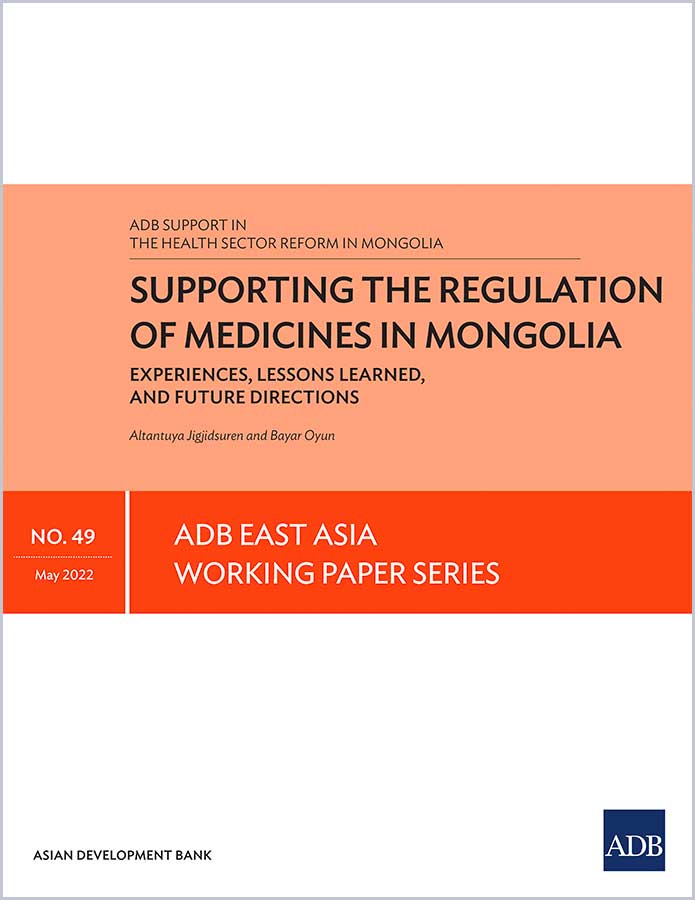
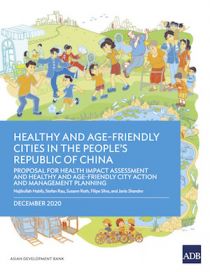
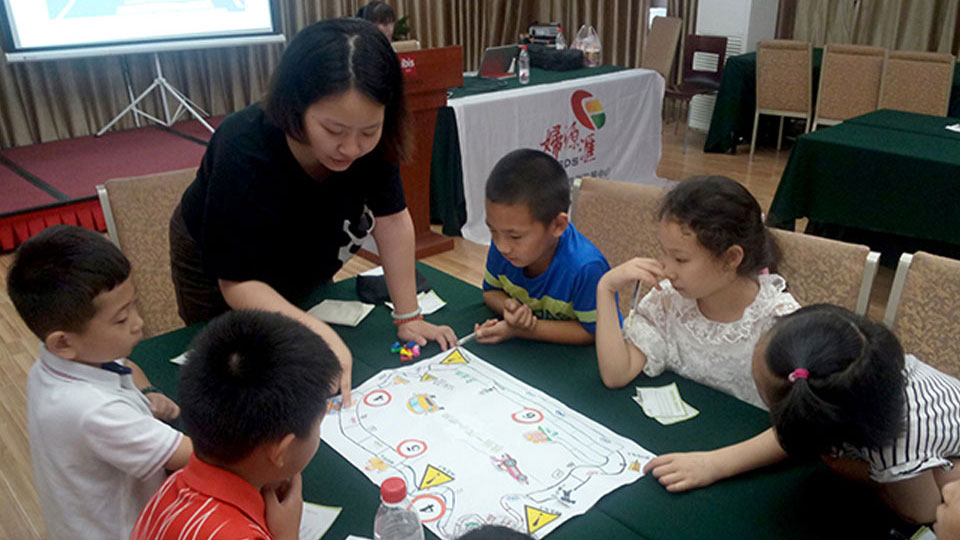

They are seen, they are important road users, and their voice and agency can help make roads safer.
Overview
Infrastructure improvements are key to improving road safety for children. Yet, it does not start or end there. Road safety interventions need to go beyond infrastructure to assist government agencies to better manage and enforce road safety, and improve education, vehicles, emergency response, and post-crash care. Interventions are more effective when combined across the system to guide users to act safely.
From 2015–2020, the Asian Development Bank (ADB) supported a project in the People’s Republic of China (PRC) that made system-wide improvements to road safety, including infrastructure, institutional strengthening, and education interventions. The perspective of children—and the different views of girls and boys—were made explicit in the process so that the risks for this group of road users were understood and addressed. For this, child-centered and participatory methodologies were used in three primary schools and their communities along #102 Provincial Highway in Xunyang County, South Shaanxi.
Project information
46042-002: Shaanxi Mountain Road Safety Demonstration Project
Project snapshot
Challenges
Often, age and gender nuances in road safety interventions are not very visible. Baselines—if at all—do not go beyond segregating respondents as males and females. Too few inquiries are pursued on whether females have safer or riskier traveling practices, how they cope with harassments and assault on streets, or especially whether there are considerations for children.
The assumption is, when road safety programs are aimed at parents, that children are automatically protected. In Asia, children are often seen as extensions of parents, and their opinions are not taken seriously. Though kids are considered as road users, baselines and resulting interventions tend to target parents as the audience for road safety information to be passed on to children, as they are considered responsible for moving kids safely.
However, road traffic injuries are among the leading causes of death globally for children and young people, 5–29 years. The risk is higher for the youngest bracket, 5 to 9 years—the age when children start going to primary school and become active road users.
In addition to age, girls and boys exhibit different characteristics in their pedestrian behaviors. Boys are more likely to play on the side of the road and girls are more likely to walk two or three abreast. More male pedestrians than females are involved in road traffic crashes, especially in younger age groups. More effort is needed to determine and understand contextual risk factors for road traffic injuries and fatalities of children with implications for prevention.
Context
The Shaanxi Mountain Road Safety Demonstration Project aims to reduce road crash fatalities and serious injuries and provide efficient and safe all-weather accessibility in Shaanxi. The project covers Ankang City, including Xunyang County and Hanbin District, as well as Shangnan County in Shangluo City, and involves road upgrade and rehabilitation, incorporating major safety design enhancements.
In Ankang City, the transport bureau understood that rehabilitated trunk and rural roads can increase speeding, and unless these are designed with safety for all road users and not just cars, the most vulnerable road users—pedestrians and cyclists—will be at risk. Further, introducing new facilities, such as zebra crossings, are unlikely to be effective if users do not recognize them or know how to use them. For this reason, the bureau commissioned consultants from Shaanxi Gender Development Solution to improve user understanding of the project infrastructure changes, improve road safety knowledge, and influence behavior. This included dedicated interventions for children in three schools: Xiaohe Central Primary School, Chengguan Central Primary School, and Zhaowan Central Primary School.
Current road safety education usually follows a didactic approach, focusing on providing knowledge-based information to teachers, parents, and generally, any adult that could influence children’s way of thinking and behaving. This framework assumes that when knowledge is provided to these adults, it will be passed on to the kids who are then expected to remember and apply it now and in the future.
Adults are also assumed to model improved road safety behaviors after learning about them for children to emulate. In addition to modeling behavior, parents of younger children who have lower awareness of road safety must exercise primary responsibility to practice safety on their behalf.
Key Findings
Using mixed methods—survey, observation, and interviews of 1,361 children, parents, and teachers, the project looked not just at road safety knowledge from the point of view of adults but also from children’s behavior and the factors that influence why people act the way they do. They then went further to try to understand the different perceptions and behaviors of boys and girls around roads and address these through more accurate and successful interventions.
Below are the key findings among primary to middle school students that helped shape the road safety education interventions:
Survey responses showed that students had high awareness of road safety. However, in practice, their actual actions revealed otherwise, with many students displaying risky behaviors on the road.
Solutions
The ADB-supported Shaanxi Mountain Road Safety Demonstration Project adopted child-centered methodologies, developing age-appropriate curriculum for three levels of primary school students, including story books, games, simulation, and group learning activities. These are the key lessons.
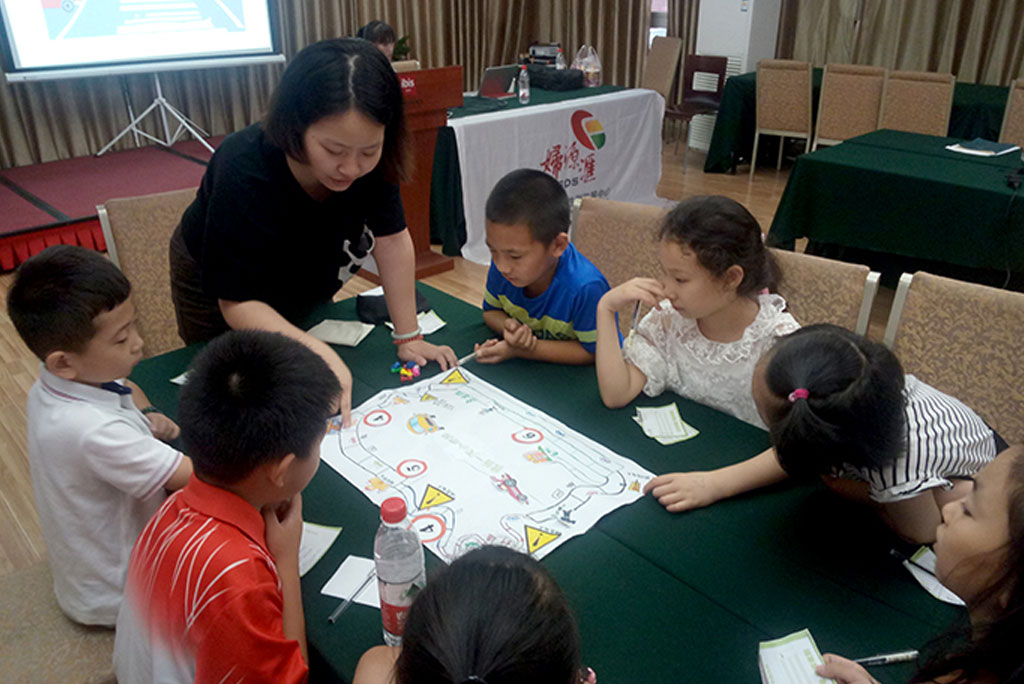 The project not only assessed children’s understanding of road safety but also studied their individual and collective road use habits. Photo credit: Shaanxi Gender Development Solution.
The project not only assessed children’s understanding of road safety but also studied their individual and collective road use habits. Photo credit: Shaanxi Gender Development Solution.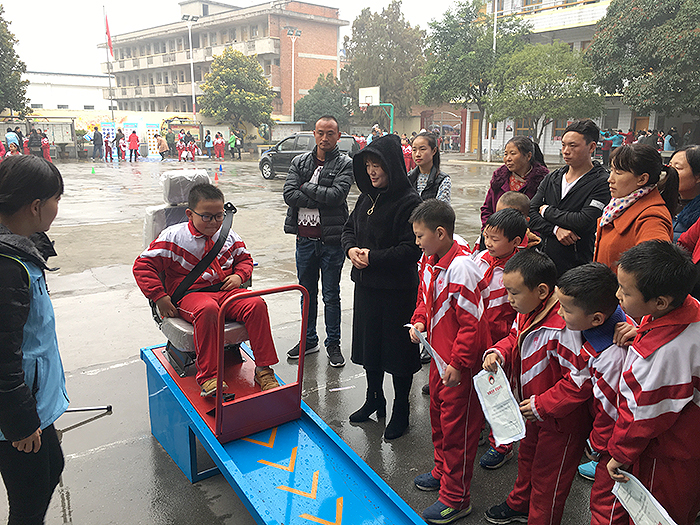 A kid tries on a seat belt at a simulation camp. Photo credit: Shaanxi Gender Development Solution.
A kid tries on a seat belt at a simulation camp. Photo credit: Shaanxi Gender Development Solution.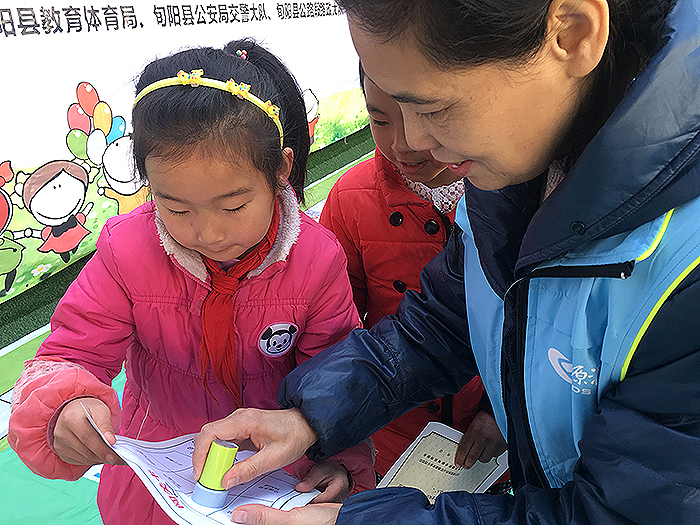 Girls get stamps on their pass cards. Photo credit: Shaanxi Gender Development Solution.
Girls get stamps on their pass cards. Photo credit: Shaanxi Gender Development Solution.The intervention was unique in that it tried to identify specific uses of the road by girls and boys, which provided granular insights to design the interactive games and experiential learning tools. This sends a powerful message to girls and boys—that they are seen, that they are important road users, and this child-centered approach was a factor in increasing their engagement during the various activities.
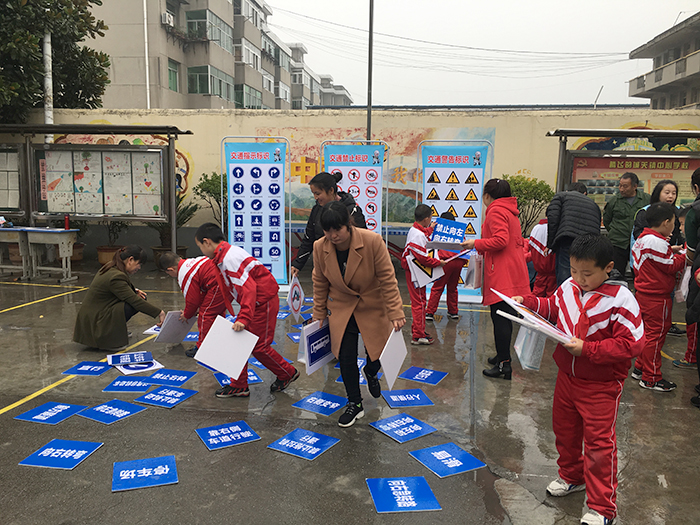 Children are tested on their understanding of transport signs through interactive activities. Photo credit: Shaanxi Gender Development Solution.
Children are tested on their understanding of transport signs through interactive activities. Photo credit: Shaanxi Gender Development Solution.The goal of the interactive experiences was to transform traffic safety behavior, including through role models. This also provided an opportunity to remodel gender roles. The performance and role plays were designed to debunk gender stereotypes, such as a police officer always being male or a parent bringing the child to school is always the mother. Girls were asked to play police officers and boys to play fathers taking children to school. This is a small detail in the overall activity but with likely strong implications on children’s and even adults’ perceptions.
The process itself took a gender-sensitive approach. In the past, recruiting and training parent-volunteers for traffic safety activities focused on grandmothers and mothers due to belief that it is mainly their responsibility to take care of children and participate in school activities. For this project, fathers were actively engaged. Beyond their role in modeling road safety, this again has implications to transform gender roles and model more balanced sharing of childcare responsibilities.
Outcomes
ADB. People’s Republic of China: Shaanxi Mountain Road Safety Demonstration Project.
H. Wang et al. 2018. Gender Differences in Children’s Pedestrian Behaviors: Developmental Effects. Journal of Safety Research. December. 67. pp 127–133.
M. Onieva-Garcia et al. 2016. Gender and Age Differences in Components of Traffic-Related Pedestrian Death Rates: Exposure, Risk of Crash, and Fatality Rate. Injury Epidemiology. 9 August. 3(1). pp 20.
World Health Organization. 2020. Road Traffic Injuries: Key Facts. 7 February.

Transport Specialist, East Asia Department, ADB

Social Development Specialist, East Asia Regional Department, ADB

Senior Communications Officer, Department of Communications, ADB
This blog is reproduced from Development Asia.
© 2025 Regional Knowledge Sharing Initiative. The views expressed on this website are those of the authors and presenters and do not necessarily reflect the views and policies of the Asian Development Bank (ADB), its Board of Governors, or the governments they represent. ADB does not guarantee the accuracy of the data in any documents and materials posted on this website and accepts no responsibility for any consequence of their use. By making any designation of or reference to a particular territory or geographic area, or by using the term “country” in any documents posted on this website, ADB does not intend to make any judgments as to the legal or other status of any territory or area.
